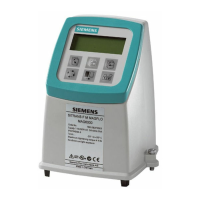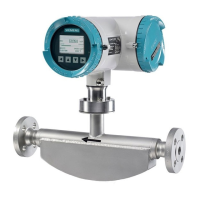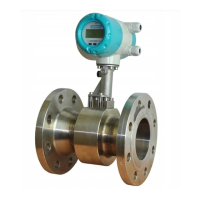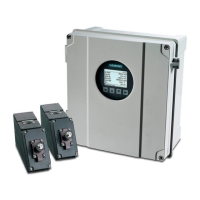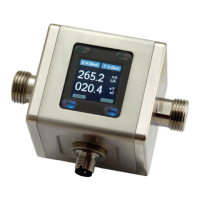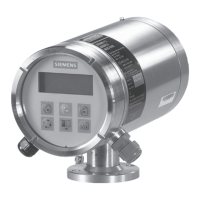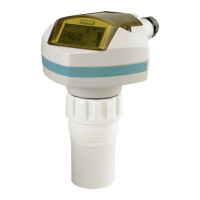Appendix
A.2 ESD (ElectroStatic Discharge)
SITRANS SL
196 Operating Instructions, 12/2010, A5E01132948-04
A.2 ESD (ElectroStatic Discharge)
ESD is the rapid, spontaneous transfer of electrostatic charge induced by a high electrostatic
field. Electrostatic damage to electronic devices can occur at any point from manufacture to
field service. Damage results from handling the devices in uncontrolled surroundings or
when poor ESD control practices are used. Generally damage is classified as either a
catastrophic failure or a latent defect.
Note
Usually, the charge flows through a spark between two objects at different electrostatic
potentials as they approach one another.
The symbol to the left indicates an ESD protected area, where all workspaces are ESD
protected and all personnel must wear wrist straps. This symbol will be used in this chapter
to indicate that a service task requires ESD protection.
A catastrophic failure means that exposure to an ESD event has caused an electronic device
to stop functioning. Such failures usually can be detected when the device is tested before
shipment.
A latent defect, on the other hand, is more difficult to identify. It means that the device has
only been partially degraded from exposure to an ESD event. Latent defects are extremely
difficult to prove or detect using current technology, especially after the device is assembled
into a finished product.

